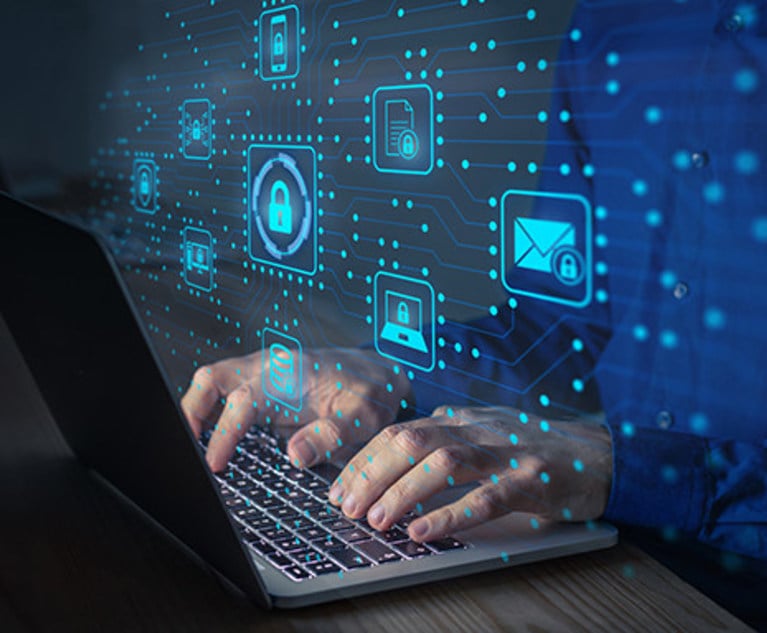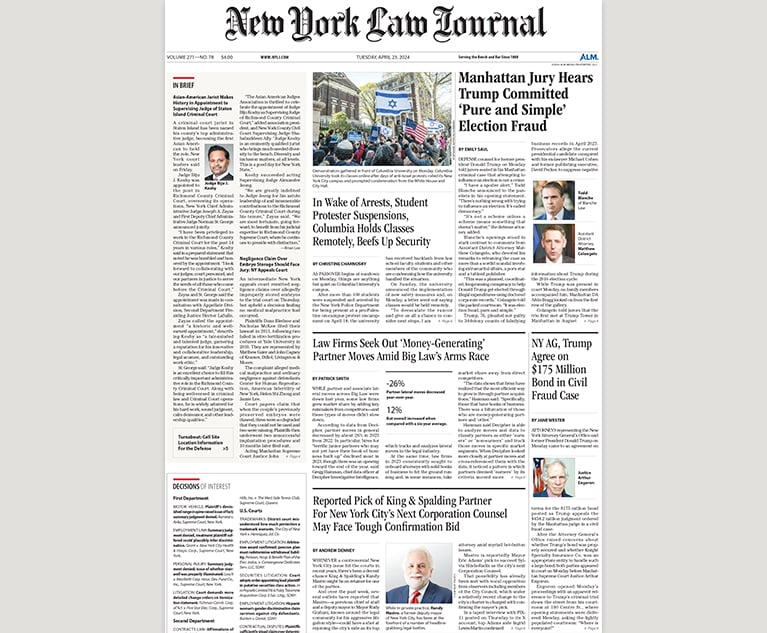AI has been waiting for its big moment—the moment when it would touch the lives of most Americans beyond what we all unthinkingly use in our cellphones with Siri, Google maps, automatic scene recognition in a cellphone’s camera, or the apps that save battery life, etc. Its big day has arrived with the multifront war against COVID-19. AI’s broad use in the fight against COVID-19 highlights largely unrecognized civil liberty issues. Yes, we want AI’s help—but no, there is no “health care crisis” exception to constitutional rights. (A similar point applies to a variety of executive actions taken in the name of COVID; here my focus is specifically on AI.)
Almost immediately after national attention to the spread and dangers of COVID-19 resulted in locking down most of the country, AI-based applications were developed as a virtual but very real infantry in that war. AI apps can now assist with home diagnosis, track movements of COVID-positive individuals, identify lax social distancing, and assist doctors with predicting the likelihood of ventilation, morbidity and health outcomes. AI tools are being used to suggest treatment protocols, prioritizing care and improving bed allocation. Most recently, it is helping in the search for a vaccine. It would be difficult if not impossible to find a state, county, hospital or public safety organization involved in the COVID fight that was not relying on an AI tool.


 Katherine B. Forrest
Katherine B. Forrest




